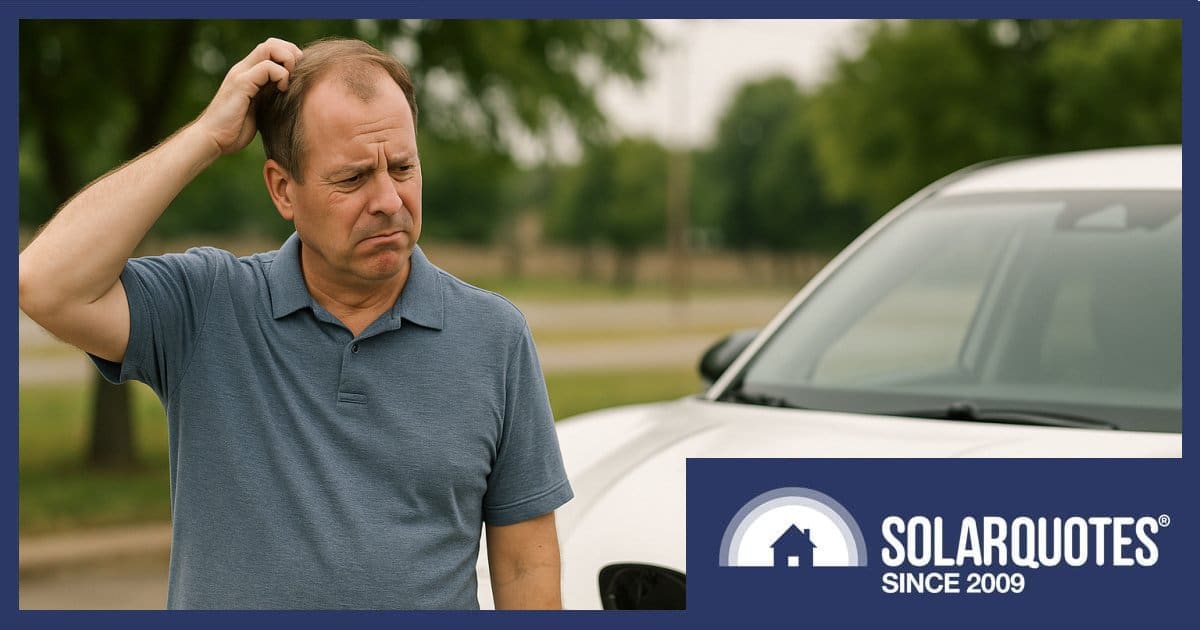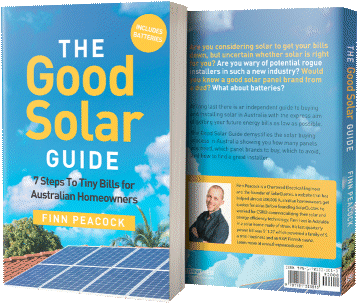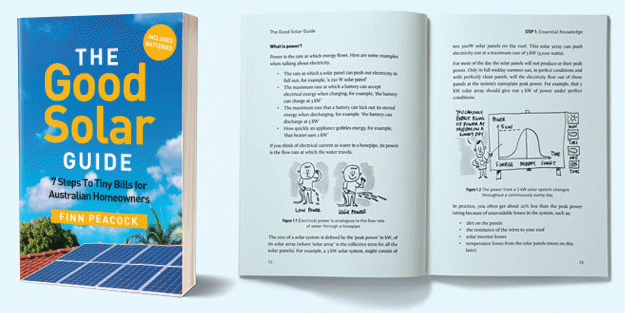Numerous EV myths persist and it appears a significant proportion of Australians continue to believe them. But we’re not alone.
As with the ongoing related battle concerning renewables, such as oft-debunked solar panel myths that refuse to die, there’s no shortage of misinformation regarding electric vehicles — and that presents a hurdle to uptake.
A recent good example that springs to mind was a Queensland council’s plans to install public EV charging stations coming to a screeching halt, apparently after the mayor watched a Channel 7 beat-up linking the negative impacts of Indonesian nickel mining to EV battery production without evidence.
But the majority of nickel produced globally is used in the manufacture of stainless steel and other alloys, and not all electric vehicles use nickel in their batteries. Even among those that do, most of the ‘dirty’ nickel coming out of Indonesia is reportedly of a quality not suitable for EV batteries.
Thankfully, some sanity prevailed after backlash from the community and within councillor ranks. But unfortunately the damage was done, with the supplier organised to deliver and operate the EV charging infrastructure backing out after the kerfuffle; in part because of ‘reputational risks’.
Mapping EV Misinformation Beliefs
Researchers from the University of Queensland and Germany’s Trier University and University of Hohenheim set about examining the prevalence of belief in misinformation about EVs. Surveys across four countries (Germany, Austria, Australia and the USA) involving more than 4,000 respondents revealed an alarming proportion agreed with various misinformation statements presented.
Here’s how the Australian cohort faired on agreeing with nine myths1:
- Manufacturing process carbon impact outweighs lower emissions: 35.7%
- Electromagnetic fields produced by electric vehicles harms birds: 19.7%
- Associated mining accelerates deforestation, thus increasing CO2: 43.1%
- Electromagnetic fields lead to health issues: 19.7%
- EVs are more likely to catch fire: 47.0%
- Batteries are designed to fail after a set number of charge cycles: 34.8%
- Batteries are deliberately non-upgradeable: 44.2%
- EVs are intentionally complex to prevent DIY repairs: 44.5%
- EV accidents are under-reported by authorities: 26.3%
And the aggregate misinformation measure:
- Germany: 38.2%
- Austria: 37.6%
- Australia: 35.0%
- USA 33.8%
Busting The EV Fire Myth
The fire myth saw the most agreement in each country. But research from EV Fire Safe — a private firm researching EV battery fires and emergency response with the support of funding from the Australian Department of Defence — indicates a 0.0012% chance of a passenger electric vehicle battery catching fire for any reason. The organisation suggests a 0.1% chance of an internal combustion engine (ICE) vehicle catching fire; so much more likely.
EV Fire Safe’s estimates were based on global EV battery fires from 2010-2020 — and battery fire prevention technology has improved further since then.
So, Why?
A lie can travel halfway around the world before the truth can get its boots on as the saying goes; particularly nowadays. That’s part of the problem, combined with the general disposition of folks falling victim to these myths and any existing yet unconfirmed biases they may have. The crap fills the gap, and can stick like glue.
What the researchers discovered is a ‘conspiracy mentality’ emerged as the strongest predictor of such beliefs, whereas education, scientific knowledge and performance on a cognitive reflection task were non-significant.
“Misinformation agreement was also associated with lower pro-ecological world-view, weaker environmental identity and greater self-identification as conservative, although these explained (in total) less than one-sixth of the variance captured by conspiracy mentality in the model,” they say.
The researchers also tested a couple of interventions for reducing belief in misinformation and increasing EV policy support and purchase intentions. One was a fact sheet and the other getting respondents to converse with ChatGPT on the issues. That was brave given some of the brainfarts ChatGPT can be prone to, but the result:
“Both strategies showed modest effectiveness immediately post-intervention, and positive effects on misinformation beliefs remained significant at a 10-day follow-up.”
The study has been published in the journal Nature Energy and can be viewed here.
Footnotes
- For the sake of brevity, the myths were summarised above – the full statements presented are in the study report. ↩


 RSS - Posts
RSS - Posts



Had the time to complain to the TV licensing people regarding that Channel 7 story about the dirty Indonesian nickel mines, where the Electric Viking of Youtube fame and EV supporter argued with the interviewer. The reply from the licensing people just focussed on the nickel extraction and did not discuss the issue of my associated anti-EV complaint against Chennel 7.
One hopes in future TV interviews re EVs will mention the fact that the EU, Korea, Japan and the USA all have lost the Chinese 23 million car market and with tariffs now, the US market has also disappeared for the other producers.
With BYD and CATL producing the best batteries, China will dominate the industry and lead the EV revolution.
Petroleum fuels, particularly diesel fuels, are currently the workhorse of the global economy. Diesel fuels are essential for heavy transport, agriculture, construction, mining (including coal and gas extraction), keeping factories producing and keeping people fed and healthy.
Increasing demand and closing refineries in Australia have resulted in skyrocketing imports of diesel to Australia. More than half (53%) of these imports come from countries potentially impacted by a military confrontation in East Asia: Taiwan, China, South Korea and Japan. Is Australia prepared for a military conflict in the Strait of Taiwan? It seems not.
https://crudeoilpeak.info/australian-diesel-imports-update-january-2025-data-preparing-for-surprises-in-the-strait-of-taiwan
I’d suggest the clock is ticking on Australia’s increasingly precarious petroleum fuel supply situation. Australia needs to rapidly reduce our petroleum dependence.
Matt’s latest blog post at Crude Oil Peak headlined Australian diesel import dependency on Middle East oil Update April 2025, suggests that: “…around half of Australia’s diesel imports indirectly depend on Middle East oil.”
https://crudeoilpeak.info/australian-diesel-import-dependency-on-middle-east-oil-update-april-2025
Nate Hagens posted on X (formerly twitter) on 19 Apr 2024:
https://x.com/NJHagens/status/1781301488104440009
Could the Iranians close the Strait of Hormuz? We may find out…
And yet it seems to me most people don’t seem to understand these important details.
I would also like to see something about the myths, lies and cons about Hybrid cars being an appropriate alternative ‘for now’. Especially given many hybrids are are not only not plug-in, but seem to just have a glorified ‘starter’ battery. I’m not an expert on this topic, I would just like to know more. And I’m concerned that there is a consumer con job going on, now dumping bad/inefficient hybrids on Australia in lieu of bad/inefficient ICE technology.